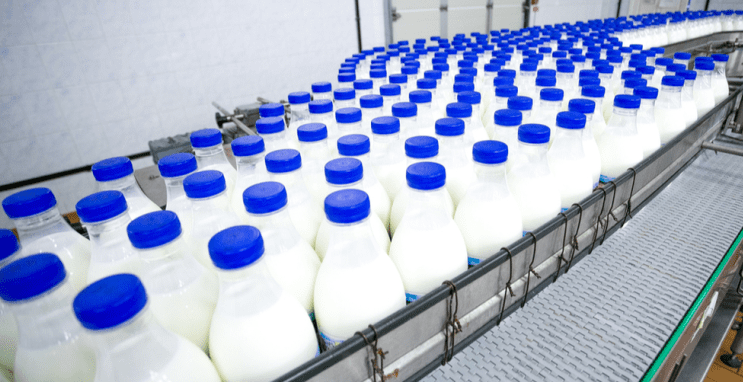
Return to January 2022 newsletter
Texas milk flowing across borders
By Darren Turley, TAD executive director
As 2022 begins, the world seems to be getting smaller when it comes to Texas milk.
First, the U.S. has prevailed in the first dispute settlement panel proceeding ever brought under the United States-Mexico-Canada Agreement (USMCA).
A USMCA panel agreed with the U.S. that Canada is breaching its USMCA commitments by reserving most of the in-quota quantity in its dairy tariff-rate quotas (TRQs) for the exclusive use of Canadian processors. Canada is the third largest export destination for U.S. products and, as the Canadian dairy market is opening to U.S. dairy producers, this will likely increase.
Mexico continues to be the largest dairy export market with over $1.5 billion in U.S. dairy products of milk powder and cheese, not fluid milk. Texas producers are poised to deliver milk into Mexico if the market allows it in the future.
Dairy exports continue to grow as more countries open their borders to U.S. dairy products. As Texas milk production continues to increase, more and more of it moves further across our country and across the globe.
At the same time, Texas dairy producers will be feeding even more Texans as new processing plants come online and many new consumers continue to move into Texas.
Texas had more than 29 million residents, according to the 2020 census. It’s safe to say that number is even larger today. According to the 2021 Texas Relocation Report released by Texas Realtors, more than 500,000 people moved to Texas in 2019 — the seventh year in a row that Texas experienced an inflow of more than 500,000 residents, with the majority of them coming from California and Florida.
The migration has not slowed down, even in rural areas. Many ranches are being divided and sold as ranchettes in much of rural Texas. I expect 2022 to continue to see new neighbors for many rural Texans.
In the future, these Texas residents could enjoy more than just milk from dairies, as dairy farms generate energy through captured methane gas. Several dairy operations are working to add digesters, which capture methane from dairy manure lagoons and convert it to natural gas. Digesters also reduce greenhouse gas emissions.
Other dairies are negotiating contracts to start their own project, as well. Several companies have expressed interest in working with producers to capture the methane from Texas dairy cows.
The year 2022 used to sound so far into the future; but now that we are here, it is an exciting time for the Texas dairy industry. Happy New Year form Texas Association of Dairymen. Let’s make it a great year.